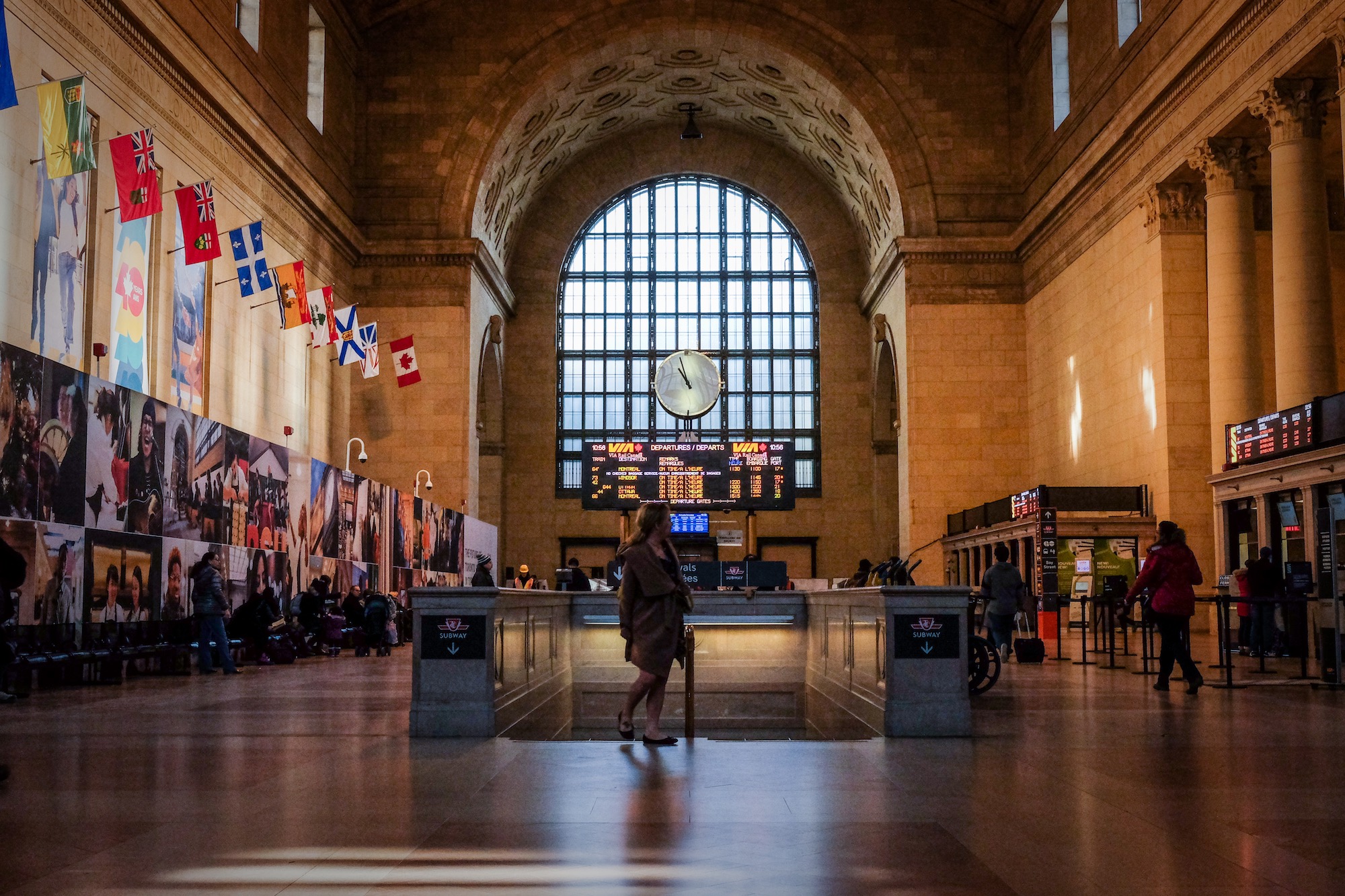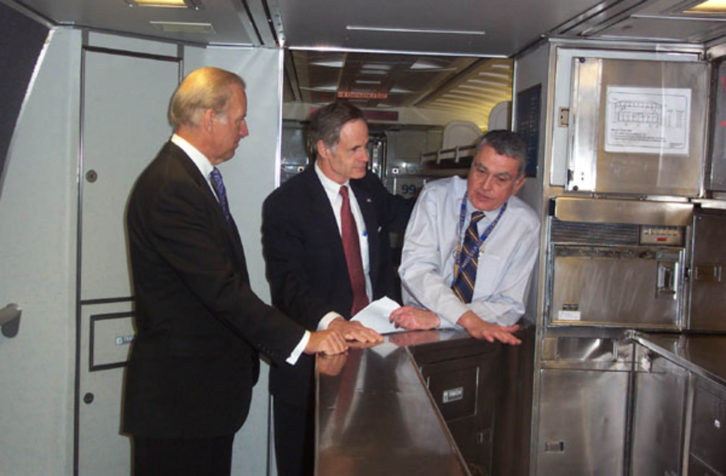Fixing passenger rail

caption
Experts say the federal government could fix Via's long-distance troubles, if it chose to do so
Editor's Note
Top photo for this story by Wojtek Arciszewski, used with permission.
After years of federal neglect, fixing Via Rail’s chronic delays will be a steep climb, experts say – but several key moves could help to bring Canada’s transcontinental passenger rail service back on track.
From building physical capacity at key junctures to incentivizing CN to keep Via trains running on schedule, Ottawa has various tools at its disposal to push for better service on the cross-country Canadian train, whose on-time performance has plummeted in recent years. An analysis of Via’s online performance data by University of King’s College journalism students shows that despite a schedule change a year ago that added up to 13 hours to the Canadian’s travel times between Toronto and Vancouver, more than four in ten trains have still met Via’s standard for being late, arriving at their final destinations more than an hour behind schedule.
Greg Gormick, a transportation policy advisor who has worked with a diverse array of government and industry leaders, said the solution is inextricably political. Via’s rights were stripped away as Ottawa prepared to privatize CN in the 1990s, leaving Via “totally exposed” – and successive governments have alternated between neglect and outright hostility towards the Crown corporation.
“The beast lives by the mercy of certain people … (In Ottawa), there have always been people up there – and I’ve known many of them – who would like to take this poor old iron horse out behind the roundhouse and put a bullet between her eyes,” Gormick said, noting that Via is in dire need of an advocate to champion its cause at the federal level.
Bob Johnston, a correspondent with Trains Magazine who has written extensively about Via’s delays, said the problem could be remedied through legislation similar to the US Passenger Rail Investment and Improvement Act, which stipulates that if the on-time performance of any intercity passenger train averages less than 80 percent for two consecutive quarters, the Surface Transportation Board may initiate an investigation. On-time performance is deemed to be within 15 minutes.
“The railroads in the US, including CN on the lines that it operates in the US, have agreements which incentivize the freight railroad for running a train on time; they get paid more if they don’t delay the train,” Johnston said. “There is nothing like that in Canada. The contract between CN and Via is not public … If you are going to try to prescribe a remedy, (you need to) make it worthwhile to run the trains on time.”
In terms of physical infrastructure, Gormick cited the need to focus on lengthening sidings, the low-speed track sections off the main line – some of which are not long enough for CN trains to pull over and allow Via trains to pass. Previous CN presidents ripped up sidings rather than buying new rail for other areas, but “they went too far, and now they’re going to have to play catch-up.” The company has been building new sections of double track in the Prairies over the last two years.
All Aboard Northern Ontario, a rail advocacy group based in North Bay, Ont., says that one solution already available is Via’s ability to grieve CN’s performance under Section 152.1 of the Canada Transportation Act, which specifies a mechanism for resolving disputes. Via has only used it once.
David Gunn, a retired transportation systems administrator and the former president of Amtrak, said that Via’s repeated service cuts have been a mistake. For 2019 at least, the Canadian is running only twice a week across the country in the summer, down from thrice-weekly summer service in previous years.
“That’s a disaster,” Gunn said. “It becomes – to the railroad – it becomes irrelevant. Whereas Amtrak, there’s only a few trains that are less than daily.”

caption
Former Amtrak president David Gunn, right, along with then-Senator Joe Biden and Senator Tom Carper, tours an Amtrak dining car in 2003.A key difference in the United States, where Amtrak trains have become a preferred alternative to air travel in a number of key corridors, is that rail travel has been prioritized by members of the political class, he added.
“Via’s got to have some victories if it wants to succeed and become a force to be reckoned with, and the most obvious place where that should happen would be in the Toronto-Montreal-Quebec City-Windsor corridor,” Gunn said.
“That’s where our population is, and that’s where you’ve got enormous problems with the highway, the 401 … It’s a disaster, and that’s an area where they have a good railroad, and if they actually ran it like Amtrak runs the northeast corridor, I think they’d wipe the airlines out.”
Via has proposed a project to the federal government that would see it build its own line from Toronto to Montreal. Trains would run at similar to speeds today, but without having to contend with freight traffic.
When it comes to the management of Via, the government should look at alternative models, Gormick said. In some US jurisdictions, for example, joint powers authorities allow multiple public agencies to have a say in the operation of rail systems, allowing for localized decision-making and multi-tiered accountability.
The solution “starts at one place: It starts with the government of the day deciding we want this run properly,” Gormick said. “It doesn’t have to be gold-plated, but it needs to be run properly.”


S
Stephen Bewcyk